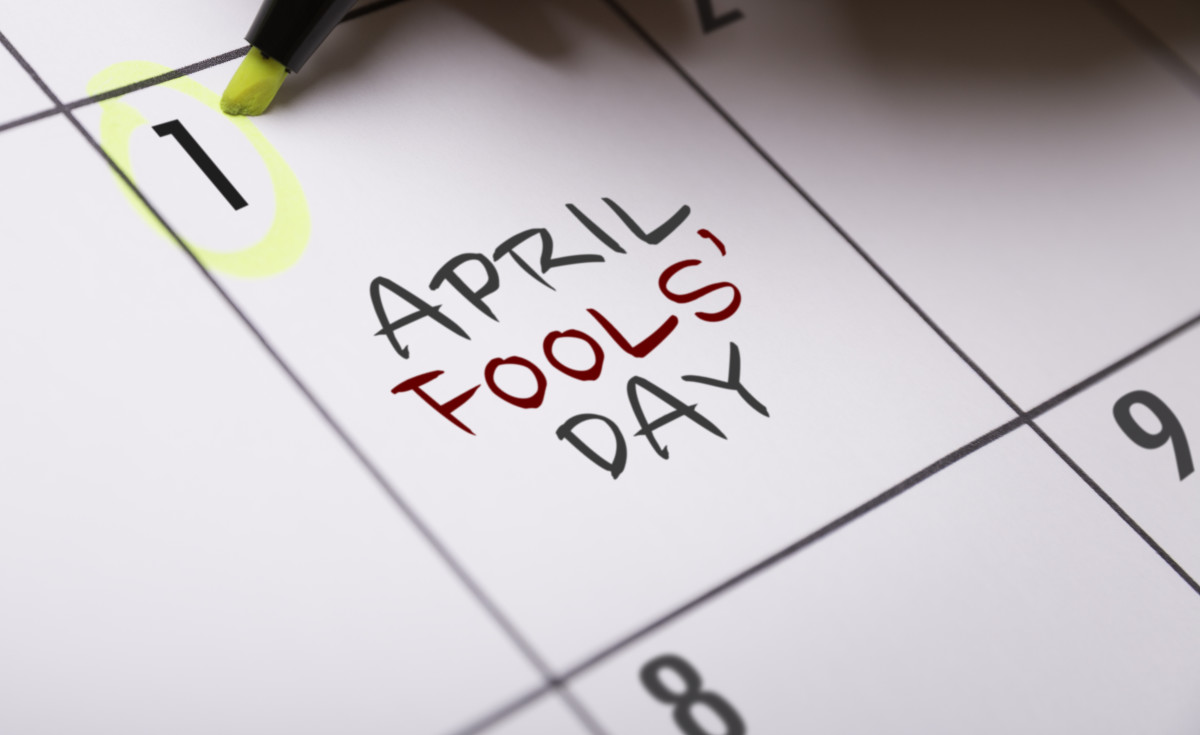Things to know about origin of April Fools’ Day
April Fools’ Day, which is also referred to as All Fools’ Day, is an annual custom on April 1 whereby friends play practical jokes and hoaxes on themselves. Once the victim falls for the prank, the jokester yells ‘April Fool’ to allow the recipient to know it was a joke. Mass media platforms sometimes […]

Source: www.history.com
April Fools’ Day, which is also referred to as All Fools’ Day, is an annual custom on April 1 whereby friends play practical jokes and hoaxes on themselves. Once the victim falls for the prank, the jokester yells ‘April Fool’ to allow the recipient to know it was a joke.
Mass media platforms sometimes get involved with these pranks, which may be revealed as such the following day.
However, here are some facts about the origin of April Fools’ Day, according to history.com.
How I produce hit songs with colleagues — Davido
Film making generating huge revenue for Nigeria – Okoh
- April Fools’ Day — occurring on April 1 each year — has been celebrated for several centuries by different cultures, though its exact origins remain a mystery.
- April Fools’ Day traditions include playing hoaxes or practical jokes on others, often yelling “April Fools!” at the end to clue in the subject of the April Fools’ Day prank. While its exact history is shrouded in mystery, the embrace of April Fools’ Day jokes by the media and major brands has ensured the unofficial holiday’s long life.
- Some historians speculate that April Fools’ Day dates back to 1582, when France switched from the Julian calendar to the Gregorian calendar, as called for by the Council of Trent in 1563. In the Julian Calendar, as in the Hindu calendar, the new year began with the spring equinox around April 1.
- People who were slow to get the news or failed to recognize that the start of the new year had moved to January 1 and continued to celebrate it during the last week of March through April 1 became the butt of jokes and hoaxes and were called “April fools.”
- These pranks included having paper fish placed on their backs and being referred to as “poisson d’avril” (April fish), said to symbolize a young, easily caught fish and a gullible person.
- Historians have also linked April Fools’ Day to festivals such as Hilaria (Latin for joyful), which was celebrated in ancient Rome at the end of March by followers of the cult of Cybele.
- It involved people dressing up in disguises and mocking fellow citizens and even magistrates and was said to be inspired by the Egyptian legend of Isis, Osiris and Seth.
- April Fools’ Day spread throughout Britain during the 18th century. In Scotland, the tradition became a two-day event, starting with “hunting the gowk,” in which people were sent on phony errands (gowk is a word for cuckoo bird, a symbol for fool) and followed by Tailie Day, which involved pranks played on people’s derrieres, such as pinning fake tails or “kick me” signs on them.
- In modern times, people have gone to great lengths to create elaborate April Fools’ Day hoaxes. Newspapers, radio and TV stations and websites have participated in the April 1 tradition of reporting outrageous fictional claims that have fooled their audiences.
